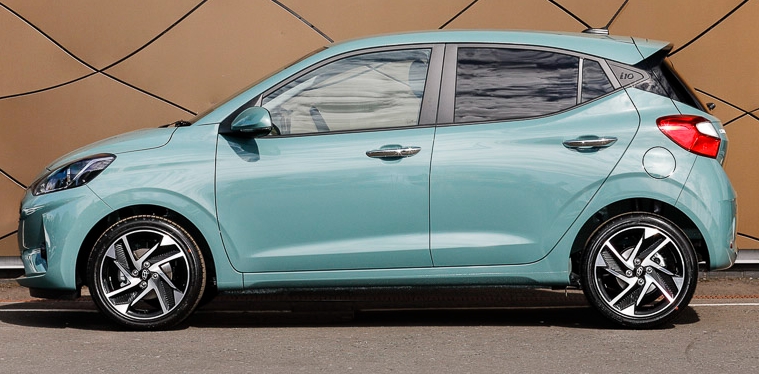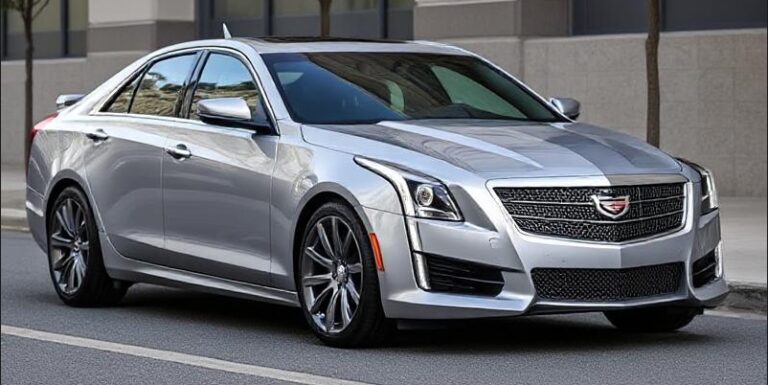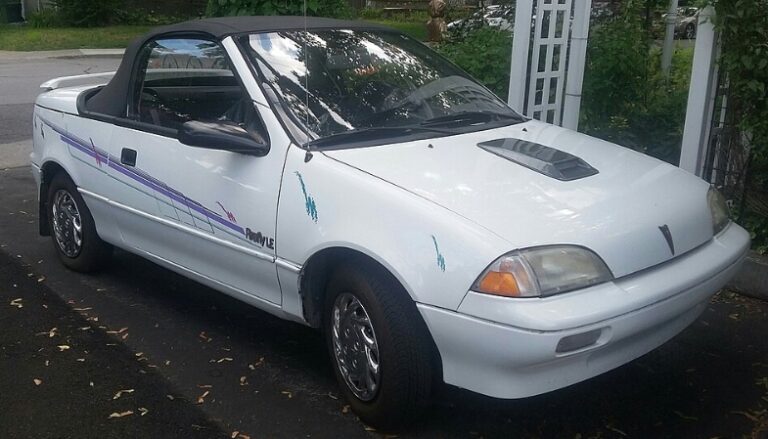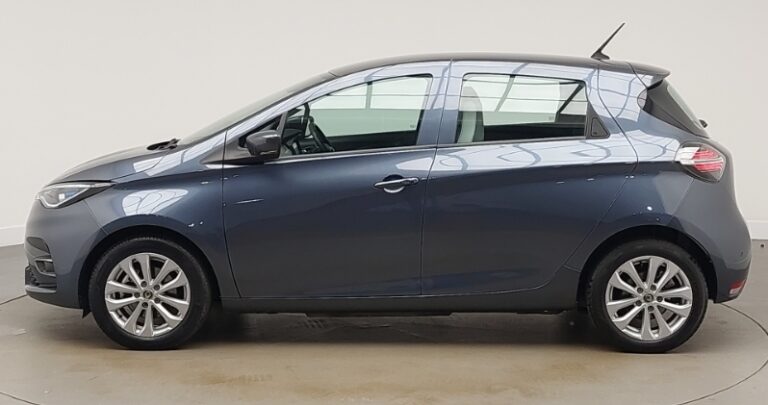The Evolution of Hyundai’s Compact Lineup: i10, i20, and i30
Hyundai has established itself as a major player in the global automotive industry, particularly in the small and compact car segments. Over the years, the company’s lineup of compact vehicles—namely the Hyundai i10, i20, and i30—has evolved significantly, reflecting advancements in technology, design, and customer preferences. This article provides a detailed overview of the development of these models, including their production timelines, key models, and trim levels.
Hyundai i10: The City Car That Began It All
Introduction and Early Years (2008–2013)
The Hyundai i10 was introduced globally in 2007, with the first-generation model officially launched in 2008. Designed primarily for urban environments, the i10 aimed at offering an affordable, efficient, and compact vehicle suitable for city driving.
First Generation (2008–2013):
- Production Years: 2008–2013
- Design & Platform: Based on the Hyundai i20 platform, featuring a small, boxy design optimized for city use.
- Engines: Initially offered with 1.1L and 1.2L gasoline engines, with a 1.1L diesel introduced later.
- Transmission Options: 5-speed manual, with an optional 4-speed automatic in some markets.
- Trim Levels:
- Era: Basic entry-level trim with manual windows, no air conditioning.
- Classic: Added features like air conditioning, CD player, and power windows.
- Style: Included alloy wheels, upgraded interior, and additional convenience features.
- Markets: Europe, India, South Korea, and other regions.
Facelift and Second Generation (2013–2019)
In 2013, Hyundai launched the second-generation i10, which featured a more modern design, improved safety, and better interior quality.
Second Generation (2013–2019):
- Production Years: 2013–2019
- Design: More rounded, contemporary styling, larger dimensions, and improved aerodynamics.
- Engines: Expanded to include a 1.0L Kappa petrol engine, a 1.2L Kappa engine, and diesel options like a 1.1L CRDi.
- Transmission: 5-speed manual, 4-speed automatic, and later 5-speed AMT variants.
- Trim Levels:
- Era: Basic, with minimal features.
- Magna: Added features like power windows, air conditioning, and radio.
- Spot: Mid-range trim with better interior materials, touchscreen infotainment.
- Era Plus / Sportz: Top trims with alloy wheels, body-colored bumpers, and additional comfort features.
- Special Editions: Limited editions with cosmetic upgrades.
Facelift and Discontinuation
In 2017, Hyundai introduced a minor facelift, updating the front grille, headlights, and interior features, aligning with Hyundai’s new design language. The i10 was produced until 2019, after which it was succeeded by a new model.
Hyundai i20: The Subcompact Challenger
First Generation (2008–2014)
The Hyundai i20 was launched in 2008 as a step up from the i10, targeting the subcompact segment with more space, features, and versatility.
- Production Years: 2008–2014
- Design & Platform: Based on Hyundai’s global platform, featuring a hatchback and a 5-door design.
- Engines: 1.2L and 1.4L petrol engines, with a 1.4L diesel option.
- Transmission: 5-speed manual, with a 4-speed automatic available in some markets.
- Trim Levels:
- Era: Basic, with essential features.
- GL: Added air conditioning, power windows.
- GLX: Included alloy wheels, upgraded interior, and enhanced audio.
- Sportz: Sportier styling and additional features.
Second Generation (2014–2022)
Hyundai introduced the second-generation i20 in 2014, with significant design and feature updates.
- Design: More angular, modern styling with a prominent grille and sleek headlamps.
- Engines: 1.2L Kappa petrol, 1.4L petrol, 1.0L Turbo-GDI, and diesel variants including 1.4L and 1.5L CRDi.
- Transmission: 5-speed manual, 4-speed automatic, and a 7-speed dual-clutch (DCT) in some variants.
- Trim Levels (India and Europe):
- Era: Entry-level, basic features.
- Magna / Era Plus: Added comfort and infotainment.
- Asta / Sportz: Top trims with touchscreen, alloy wheels, and safety features like ABS, ESC.
- N Line (from 2020): Sportier variant with unique styling cues and upgraded suspension.
Facelift (2018–2022):
Hyundai updated the i20 with a facelift that included new LED lighting, a refreshed grille, and interior enhancements. The model continued to be popular worldwide, especially in India and Europe.
Hyundai i30: The Global Compact Car
First Generation (2007–2012)
The Hyundai i30 was launched in 2007, primarily targeting European markets as a compact hatchback and estate.
- Production Years: 2007–2012
- Design: Crossover between hatchback and wagon, built on Hyundai’s new European platform.
- Engines: 1.4L, 1.6L petrol, and 1.6L diesel.
- Transmission: 5-speed manual, 4-speed automatic.
- Trim Levels:
- Classic: Basic features.
- Style: Mid-range, with better interior and exterior styling.
- Premium: Fully equipped with leather seats, premium audio, and safety features.
Second Generation (2012–2018)
The second-generation i30 debuted in 2012, with significant improvements in design, technology, and safety.
- Design: Sharper lines, larger dimensions, and a more refined look.
- Engines: Expanded to include 1.4L Turbo, 1.6L, 2.0L engines, diesel options like 1.6L CRDi, and a newer 1.0L Turbo GDI.
- Transmission: 5-speed manual, 6-speed manual, 6-speed automatic, and 7-speed dual-clutch in certain markets.
- Trim Levels:
- Classic / Base: Entry-level models.
- Style: Mid-range, added features like cruise control.
- Premium / Platinum: Top-tier trims with leather upholstery, advanced infotainment, and safety systems like lane assist.
- N Line: Sport-oriented variant introduced in some markets with sportier styling and suspension.
Facelift and New Generations (2018–Present)
In 2018, Hyundai launched a facelift that included a new cascading grille, LED lighting, and interior upgrades. The third-generation i30 was introduced in 2020 with a more modern design, advanced driver-assistance features, and hybrid options.
.
You’ve got that cool car, but is it resting in its own cool place?
It’s visually pleasing for the surrounding areas outside of your home to look as awesome as what’s stored inside your garage! If you desire a truly inspirational environment, you should check into these plans!

.
Summary of Model and Trim Evolution
| Model | Production Years | Key Features & Notable Trims |
|---|---|---|
| Hyundai i10 | 2008–2019 | Entry-level city car, trims progressed from Era to Sportz, with facelift in 2017 |
| Hyundai i20 | 2008–present | Subcompact hatchback, trims from Era to N Line, facelift in 2018 |
| Hyundai i30 | 2007–present | Compact hatch/wagon, trims from Classic to N Line, facelift in 2018, newer generation in 2020 |
Conclusion
Over the years, Hyundai’s i10, i20, and i30 models have demonstrated remarkable growth and adaptation to market demands. The i10 remains a practical city car, evolving through generations with incremental improvements in comfort and technology. The i20 has grown into a versatile subcompact offering, with sporty variants and modern styling. Meanwhile, the i30 has solidified Hyundai’s presence in the compact segment, blending style, safety, and performance.
Hyundai’s commitment to innovation is evident in the continuous updates to these models, incorporating features like advanced infotainment, driver-assistance systems, hybrid powertrains, and more. As the automotive industry moves toward electrification and connectivity, it is expected that future iterations of these models will further enhance their appeal and functionality.







